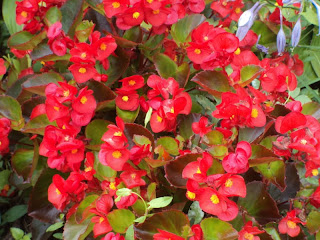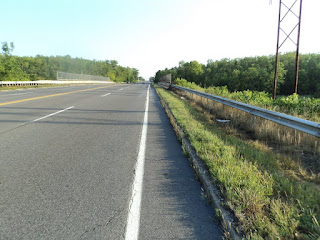The Plumber Protects the Health of the Nation is a slogan from early in the 20th century.
The history of plumbing has been to collect human waste separate from human drinking water, and to dispose of the waste in a manner that does not promote some of those water borne diseases we see in underdeveolped areas: Cholera and Diarrhea. Cholera is caused by a bacterium found in fecal matter, and can be spread by eating or drinking contaminated food or drink. Modern water treatment uses Chlorine to kill bacteriium, while sewage disposal and treatment has been separated from drinking water supply.
The plumber provides a piping system that has been disinfected and connected to the water source.
SARS is the acronym for Severe Acute Respiratory Syndrome. It is a virus that that was a world epidemic in 2002 and 2003. Spread from person to person, it was also believed to be spread thru the sewer system through an apartment complex in Hong Kong, due to a faulty plumbing system that included dried up traps.lives in the sewer pipes. Proper traps and venting in the plumbing system keep bacteria and other bugs from climbing out of the sewer into our houses. Please notice that every connection to the sanitary sewer has a water filled trap to keep sewer odors and vapors from coming back into the house. Vents are provided throughout the system to limit the variation of air pressure in the piping, to keep the traps being blown out.
Legionaires Disease is caused by a bacteria. Though it is killed by chlorine, some Legionella does survive and reproduce int he plumbing systems. Three factors are needed for infection: 1, A weakened immune system 2. A large concentration of Legionella 3. Inhaling Legionella. Legionella is lung loving, or pneumophilia.
Since the ideal reproduction temperature for Legionella is 84 to 115 degrees fahrenheit. Current recommended practice is to keep hot water storage tanks at 140 degrees to kill legionella. Since this a temperature that will scald people in 5 seconds. A water tempering device is required in plumbing systems at sinks and showers to prevent scalding.
Bed Bugs: These critters have been known to travel thru sewers thru dried up traps into buildings. To keep traps moist, we have historically used trap primers, that automatically drip water into the trap. Recent inventions have been to put a rubber valve that is self closing and only allows water to flow down the floor drain. It helps keep the trap from drying out, and keeps vermin and sewer gas from coming up out of the sewer.
Scalding: Temperature is recommended to be limited to 110 degrees coming out of a shower or faucet to prevent scalding.
Lead: Non-lead piping and non-lead solder has replaced earlier piping and solders. Lead is also limited in brass alloys for valves and other pieces of plumbing equipment.






























